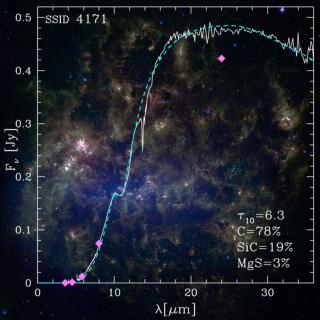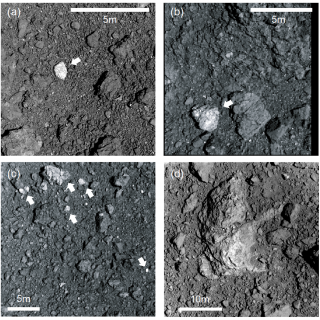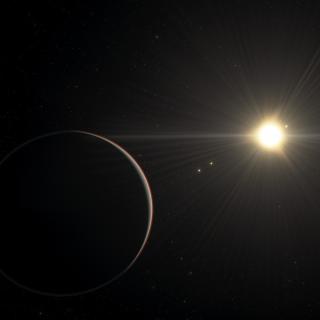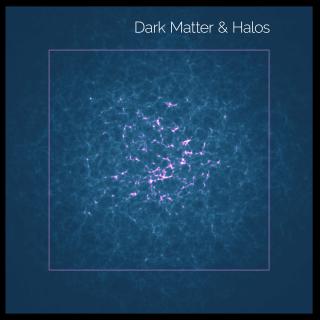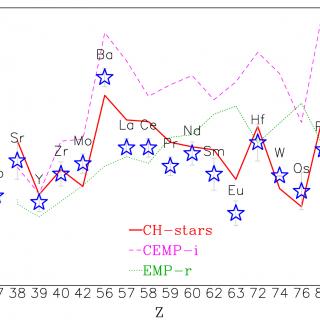
For astronomers one of the biggest obstacles is the darkness of the Universe itself, above all the darkness caused by the gas and dust which surround active galactic nuclei, or AGN. These nuclei emit a huge quantity of energy produced by the supermassive black hole onto which matter falls at a considerable rate. The accretion processes are fundamental for the evolution of active galaxies. However these nuclei often remain hidden by the dusty structures, called tori, which surround the central black hole. Studyuing the properties of this circumnuclear dust, the accretion processes, and
